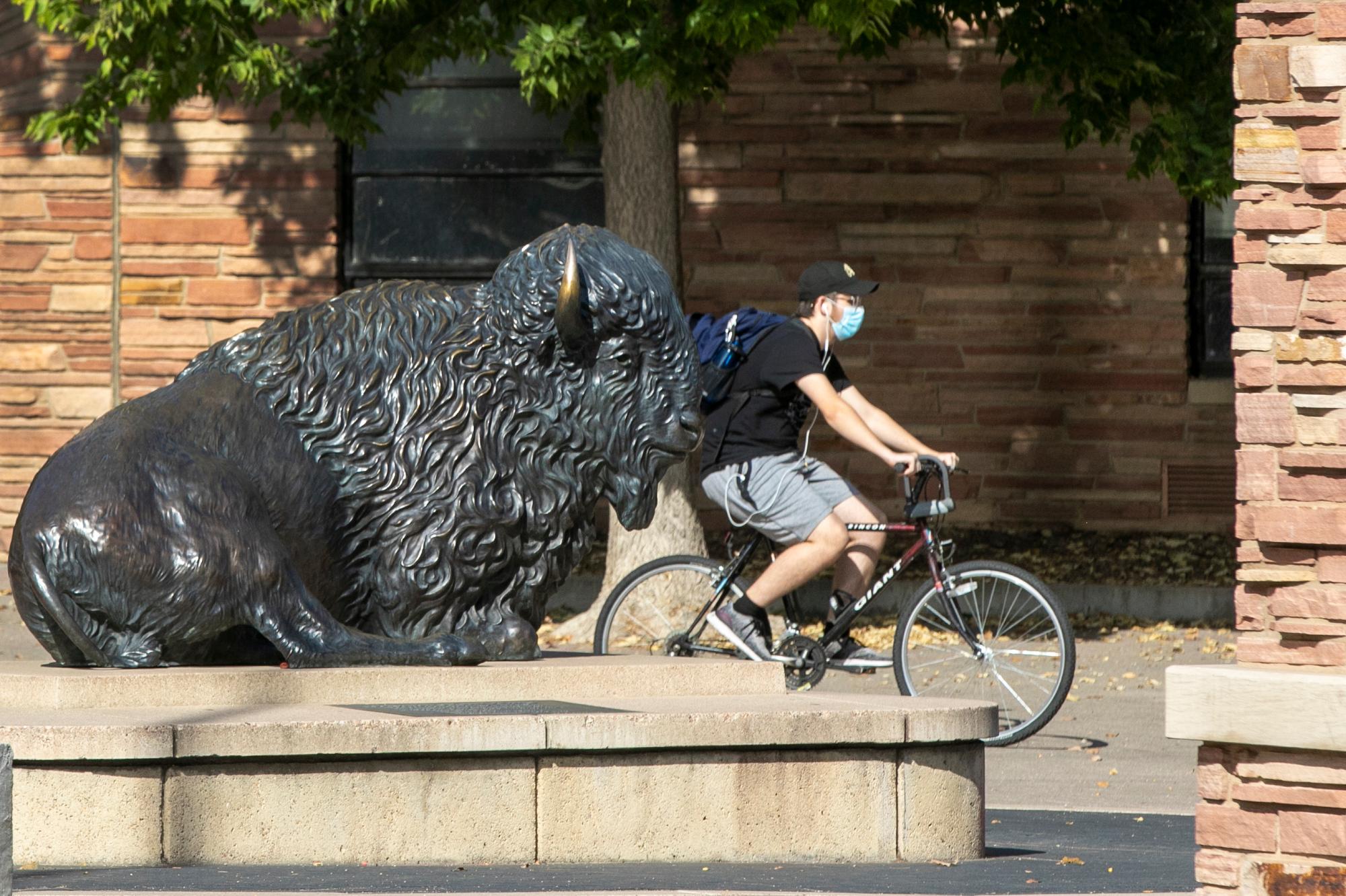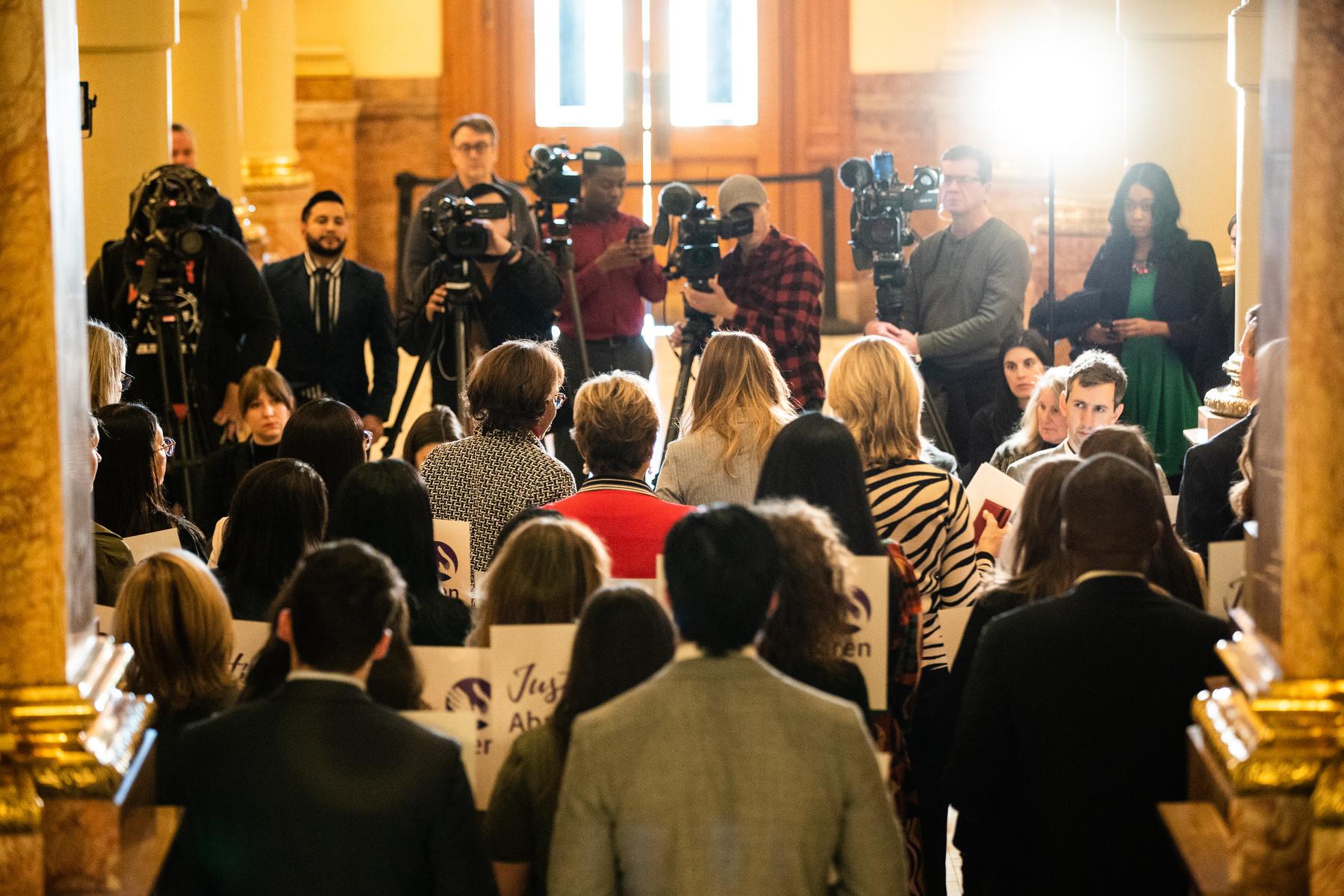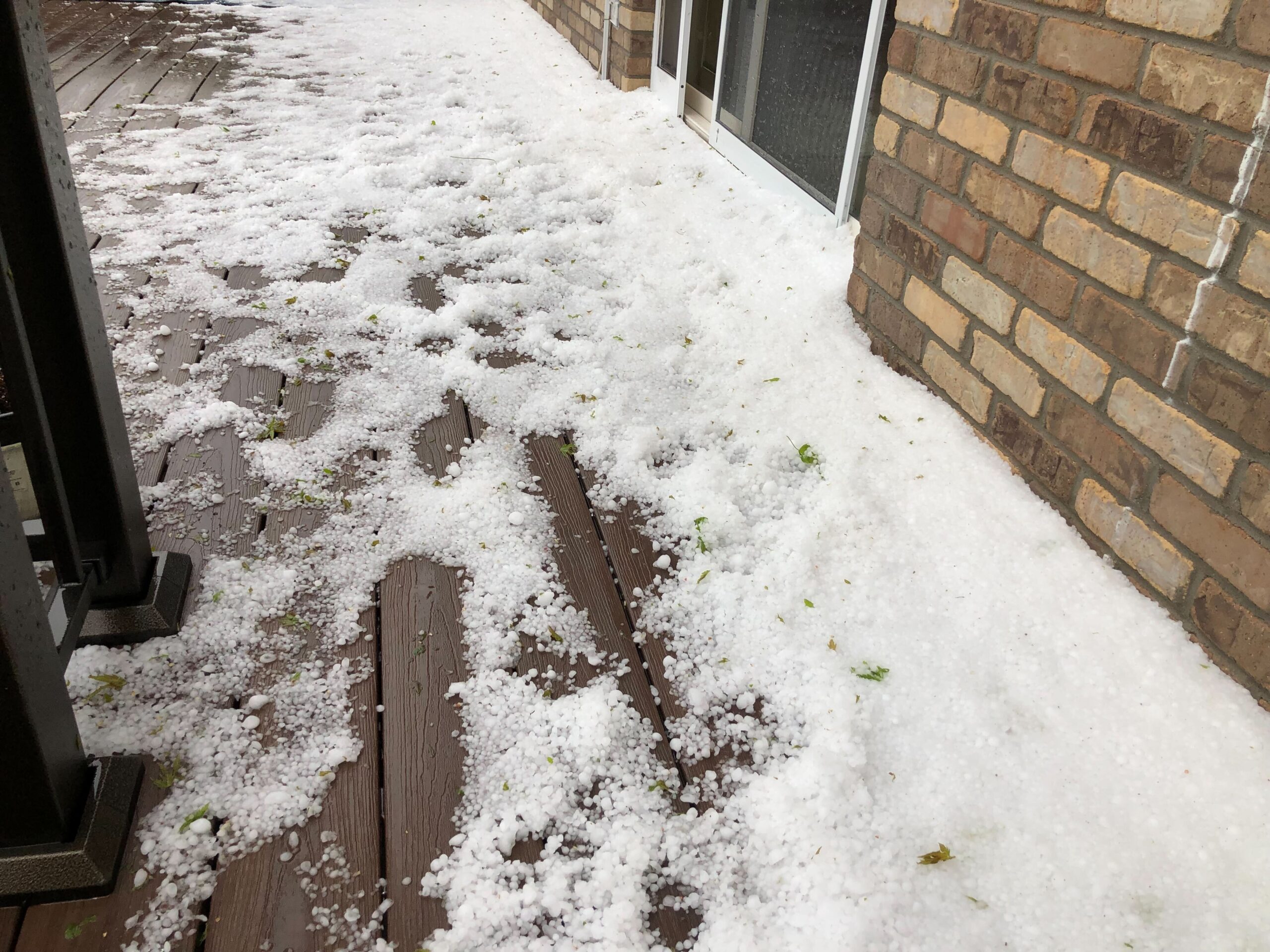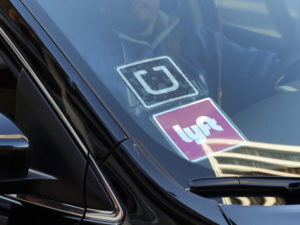
Colorado’s latest COVID-19 data show what looked like a possible September spike may be moderating. Meantime, state and county officials are watching the worrisome hotspot of Boulder County, home to the state’s largest university and its largest recent outbreak.
Tuesday, that county’s health department reported there was an initial rise in new COVID-19 cases across age groups, which the department said may be mirroring a similar current statewide trend. And it came after a drop in new cases among college-age residents, a change that perhaps was set in motion by get-tough public health orders implemented last week.
“Although we have seen a downward trend in the number of new cases among 18-22-year-old residents over the last week, we are seeing increases in cases in all other age groups,” said Jeff Zayach, Boulder County Public Health executive director. “This downward trend in the 18-22-year-old age group is a good indication that the strategies we’ve implemented are starting to work.”
Boulder County is now in the “red” zone for new cases, with more than 350 cases per 100,000, according to a press release from the agency. And its rate of COVID-19 tests coming back as positive is in the “yellow” zone, between 5% and 10%. Currently, Boulder County is at Safer at Home — Level 2 — on the state’s five-level warning scale.
If state health officials deemed the situation dire enough, it could move Boulder County back to the most restrictive level, Stay At Home, something local leaders and public health officials hope to avoid.
“It's a concern, a very big concern for us,” said Chana Goussetis, a county public health department spokeswoman. “We are starting to see the (case) numbers come down, but we still feel like it's a little bit too early to tell if that's going to be a continuous trend, or if it's an anomaly.”
She said a good gauge will come this Thursday, when it will be a week since the county put in place the tougher measures aimed at limiting the spread of the virus.
Last Thursday, Boulder County Public Health issued an order banning gatherings of people ages 18 to 22. It also ordered a stay-at-home mandate for anyone living at 36 properties near the University of Colorado Boulder campus. Many of the residences listed specifically in the order are fraternity and sorority houses located just off-campus near the Hill. Some of them had already been fined for throwing parties.
The reopening of the campus has been a driving factor in case increases in the county. As of last week, the health department recorded nearly 1,400 confirmed or probable cases of COVID-19 among CU Boulder students and 12 cases among faculty since the start of the semester one month. Those cases make up the vast majority in the county, since CU reopened, according to public health officials.
The university has also temporarily gone to remote learning in an attempt to reverse the trend.
A little more than a week ago, the governor sounded the alarm. On Sept. 22, Gov. Jared Polis cautioned Coloradans to continue wearing masks and social distancing, saying, “the state is not doing well enough.”
But he tempered that concern when he said he believed Colorado was past the halfway point in the pandemic.
Meantime, key statewide metrics — like cases, hospitalizations and the rate of positive cases — this week look like they may be flattening. This comes after upward trends earlier in the month. That’s according to the most recent figures from the state health department, as of Tuesday, Sept. 29.
A look on the state’s website at the graph of case numbers from since the pandemic started shows a wave with peaks in mid-April, late July and late September. The state recorded 407 cases Sept. 29, a drop from 693 just five days earlier. Hospitalization numbers have mostly held steady since a big peak in April.
The state’s 7-day positivity rate has as well has mostly held steady, at 3.46 percent on Wednesday, down from 3.71 percent three days earlier. Public health leaders have said five percent is a key threshold they’d like the state to remain under.
For context, the 7-day positivity rate hit 5.55 percent in mid-July and a whopping 22.42 percent when runaway transmission was at its peak April 19.









